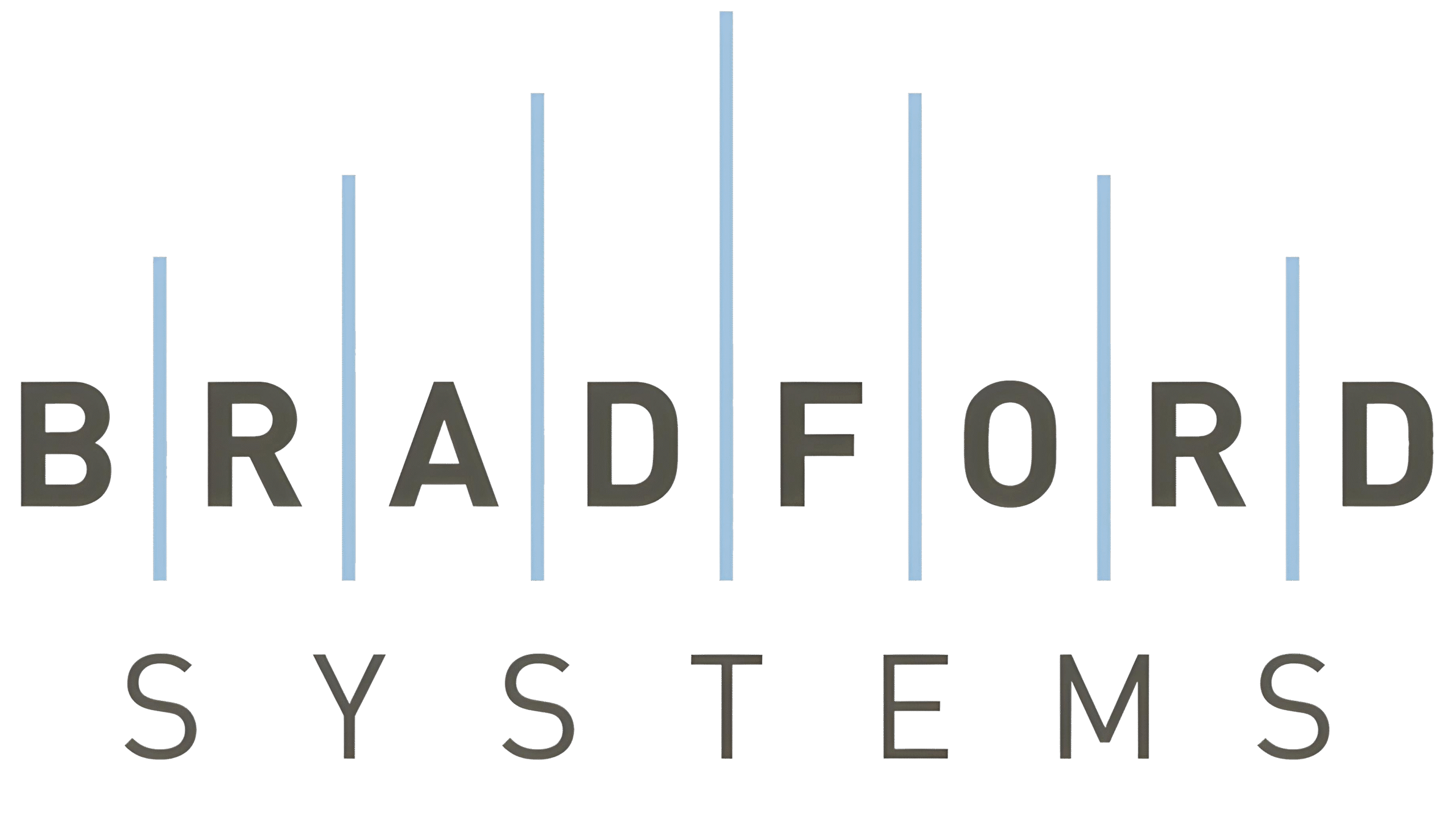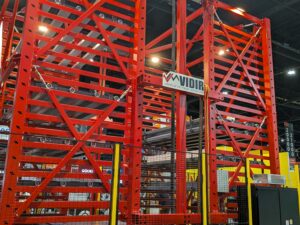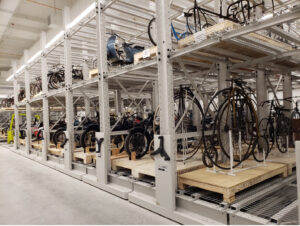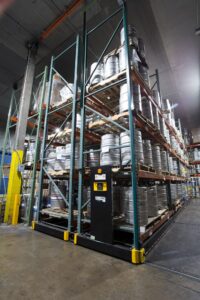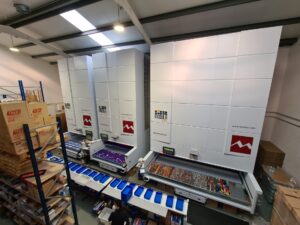In today’s rapidly evolving healthcare landscape, the need for innovative solutions that prioritize safety, efficiency, and patient satisfaction has become more critical than ever. Contactless healthcare, a concept gaining momentum, revolves around minimizing physical interactions within healthcare facilities. One pioneering approach to achieving this is through the strategic implementation of smart locker solutions. These systems are designed to streamline workflows, enhance security, and reduce the need for direct person-to-person contact, ultimately contributing to a safer and more effective healthcare environment.
The Advantages of Contactless Healthcare
Enhanced Safety and Infection Control
In a healthcare setting, where infections can easily spread, maintaining a stringent infection control protocol is paramount. Contactless healthcare, facilitated by smart locker systems, plays a pivotal role in reducing the risk of disease transmission. By minimizing the need for staff and patients to physically interact, these systems act as a barrier against the spread of pathogens. This advantage becomes particularly evident during outbreaks or pandemics, where stringent infection control measures are of the essence.
Streamlined Workflow
The traditional healthcare workflow often involves multiple touchpoints and face-to-face interactions, leading to potential bottlenecks and delays. Smart locker solutions effectively circumvent these hurdles. Through seamless automation and secure access, medical professionals can access critical supplies, documents, and medications without the need for physical exchange. This streamlines operations, enhances staff productivity, and ensures that patient care remains the primary focus.
Improved Patient Experience
Patient satisfaction is a cornerstone of effective healthcare delivery. Contactless healthcare, driven by smart lockers, contributes to a more positive patient experience. Patients can retrieve medications, personal items, and informational materials independently and promptly. This reduces waiting times, minimizes anxiety associated with face-to-face interactions, and fosters an environment where patients feel respected and cared for.
Smart Locker Solutions: A Closer Look
How Smart Locker Systems Work
At the heart of contactless healthcare are smart locker systems that operate seamlessly to facilitate secure and remote access. These lockers utilize advanced technologies such as RFID tags, QR codes, or digital interfaces to grant authorized personnel access to designated compartments. Through a user-friendly interface, users can request access, receive authorization, and retrieve their items without requiring physical assistance.
Applications in Healthcare Settings
Smart locker solutions find diverse applications within healthcare settings. From medication distribution to storage of medical supplies, confidential documents, and personal belongings, these systems offer a versatile solution for various departments. In pharmacies, medications can be securely stored and efficiently dispensed to patients. Similarly, nurses can access necessary equipment and supplies without navigating storage rooms or relying on colleagues.
Implementing Contactless Healthcare with Smart Lockers
Choosing the Right Smart Locker System
Selecting an appropriate smart locker system is a crucial step in implementing contactless healthcare. Facilities must consider factors such as security levels, locker sizes, integration capabilities, and user interface design. Customization options should align with the unique needs of the facility, ensuring a tailored solution that maximizes efficiency.
Installation and Integration
Once a suitable smart locker system is chosen, proper installation and integration are key to its success. Expert installation guarantees that lockers are functional, secure, and seamlessly integrated with existing hospital systems. This integration might involve linking the locker system to inventory management software or electronic health records for streamlined operations.
Training and Adoption
The introduction of any new technology requires adequate training and change management. Healthcare staff should be educated on how to utilize the smart locker system effectively. Clear communication, training modules, and ongoing support ensure that the transition to contactless healthcare is smooth and embraced by all stakeholders.
Stay tuned for the upcoming sections where we’ll dive into the FAQs surrounding contactless healthcare and smart locker solutions.
FAQs
What exactly is contactless healthcare?
Contactless healthcare refers to the implementation of technologies and strategies that minimize direct physical interactions between healthcare professionals, patients, and their environment. It aims to reduce the risk of disease transmission, streamline workflows, and enhance the overall healthcare experience.
How do smart locker systems contribute to contactless healthcare?
Smart locker systems enable contactless healthcare by providing secure and remote access to essential items, supplies, and medications. Through technologies like RFID tags and QR codes, authorized users can retrieve items from lockers without the need for direct human interaction.
In which areas of healthcare can smart locker solutions be applied?
Smart locker solutions have a wide range of applications within healthcare settings. They can be used for medication distribution, medical supply storage, personal item retrieval, document exchange, and more. Different departments, such as pharmacies, nursing stations, and administrative offices, can benefit from these systems.
Are smart locker systems user-friendly?
Yes, smart locker systems are designed with user-friendliness in mind. They often feature intuitive interfaces that guide users through the process of accessing their items. Some systems utilize touch screens, while others use simple QR code scans or RFID card taps to grant access.
How secure are smart locker systems?
Smart locker systems prioritize security. They use advanced authentication methods, such as unique codes, RFID cards, or biometric recognition, to ensure that only authorized individuals can access the lockers. Additionally, these systems are monitored and can be integrated with security systems for enhanced protection.
